Prunus dulcis (Almendro)
Prunus Dulcis, commonly known as the Almond Tree or «Almendro» in Spanish, is a deciduous fruit tree valued for its edible nuts and beautiful springtime blossoms. Native to the Middle East and South Asia, the Almond Tree is widely cultivated in temperate regions for both its ornamental beauty and its nut production. The flowers give way to the development of almonds, which are technically seeds of the fruit. Almonds are used in a variety of culinary applications, from snacking to baking.
- Botanical Name: Prunus dulcis
- Common Names: Almond Tree, Almendro
- Mature Height: 10-20 feet (3-6 meters)
- Mature Spread: 10-15 feet (3-4.5 meters)
- Growth Rate: Moderate
- Light Requirements: Full sun
- Soil Requirements: Well-draining, fertile soil; prefers loamy soil with a slightly acidic to neutral pH
- Water Needs: Moderate; requires regular watering, especially during fruit development
- Foliage: Deciduous, lance-shaped, dark green leaves
- Flowers: Clusters of fragrant, pink to white blossoms, appearing in early spring
- Fruit: Almonds, which are technically seeds of the fruit, ripening in late summer to early fall
Uses:
- Culinary: Almonds are highly valued for their sweet, nutty flavor and can be used in a variety of dishes, including snacks, baked goods, and confections. Almonds are also used to make almond butter, almond milk, and almond oil.
- Ornamental: The tree’s spring blossoms and attractive foliage make it a beautiful addition to gardens and landscapes, even beyond its fruiting potential.
- Edible Landscaping: The Almond Tree is an excellent choice for edible landscapes, offering both ornamental beauty and a productive harvest.
- Preservation: Almonds can be preserved through drying and can be enjoyed year-round.
Benefits:
- Nutritional Value: Almonds are rich in healthy fats, protein, vitamins (particularly E), and minerals such as magnesium and calcium, contributing to a balanced diet and overall wellness.
- Health Benefits: The high levels of antioxidants, fiber, and healthy fats in almonds support heart health, aid in weight management, and help regulate blood sugar levels.
- Aesthetic Appeal: The tree’s early spring blossoms and lush foliage add seasonal beauty and interest to the garden.
- Fruit Production: With proper care, Almond Trees produce a generous harvest of flavorful, nutritious nuts.
- Wildlife Attraction: The flowers attract pollinators such as bees, while the nuts can also attract birds and other wildlife.
Prunus Dulcis, or the Almond Tree, is a versatile and rewarding addition to any garden, offering both aesthetic beauty and a bountiful harvest of delicious, nutritious almonds. Whether grown for its ornamental value or for its nuts, this tree is a valuable asset to any landscape.
Debes acceder para publicar una valoración.
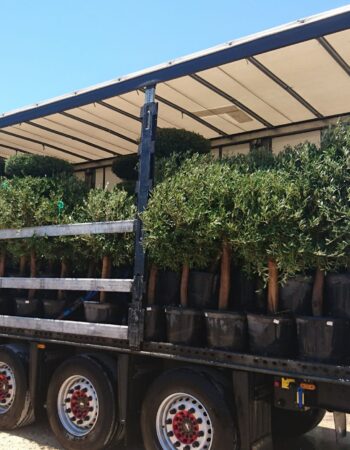
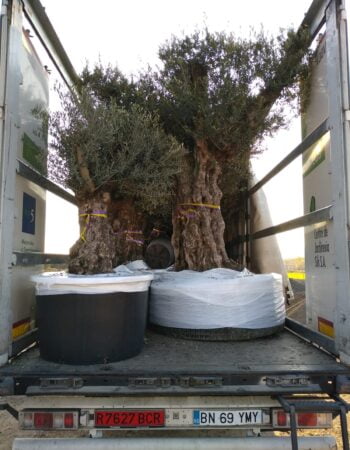
CAREFUL TREE TRANSPORTATION
At Treezom, we take great care in transporting your trees to ensure they arrive in perfect condition. Our expert team uses various methods, depending on the size and volume of the order, to provide safe and efficient delivery. Whether you're ordering a single tree or a bulk order, we guarantee high standards of handling and care throughout the process.
MULTIPLE SHIPPING METHODS
- Truck Delivery: Ideal for local or regional deliveries, ensuring a smooth and timely shipment of your trees directly to your location.
- Sea Containers (20’ or 40’): Perfect for larger orders or international shipping. Our sea containers are equipped to handle bulk shipments with optimal protection.
- Other Customized Solutions: Depending on the size and nature of your order, we can offer tailored shipping methods to meet your specific needs.
No matter the shipping method, we use specialized packaging and handling procedures to protect the trees during transit, ensuring they arrive healthy and ready for planting.
Below, you’ll find key tips tailored to this species’ requirements. Whether you’re new to plant care or have plenty of experience, these guidelines are here to support you in keeping your green companion healthy and vibrant.
- Planting:
- Select a sunny location with well-draining, fertile soil.
- Plant in a hole twice the width of the root ball and equal in depth.
- Water thoroughly after planting and apply mulch around the base to retain moisture and regulate soil temperature.
- Watering:
- Water regularly during the first few years to establish deep roots.
- During the growing season, provide consistent moisture, especially as the fruit develops.
- Avoid waterlogging, as almonds prefer well-drained conditions.
- Pruning:
- Prune annually in late winter to early spring, before new growth begins.
- Remove dead, damaged, or diseased branches, and thin out the canopy to improve air circulation and light penetration.
- Shape the tree to maintain a strong, open structure that supports fruit production.
- Fertilizing:
- Apply a balanced, slow-release fertilizer in early spring to support growth and fruit development.
- Additional feeding may be necessary during the growing season, particularly in poor soils.
- Avoid over-fertilizing, as this can lead to excessive foliage growth at the expense of fruit production.
- Pest and Disease Control:
- Monitor for common pests such as aphids, spider mites, and plum curculio.
- Use appropriate treatments, including insecticidal soaps or horticultural oils, to manage infestations.
- Protect the tree from fungal diseases like brown rot and leaf spot by ensuring good air circulation and avoiding overhead watering.
*This information is provided for informational purposes only. For more detailed care, please consult a professional Gardener or Arborist.


 SINGLE TREE
SINGLE TREE OUTDOOR POTS
OUTDOOR POTS

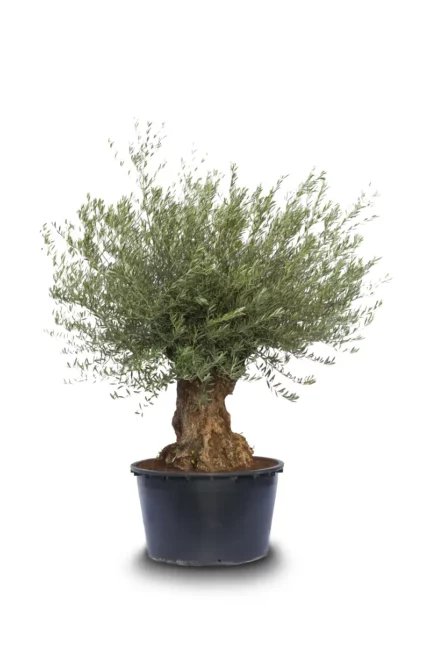

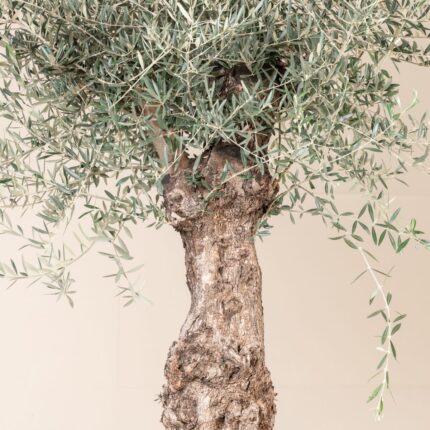

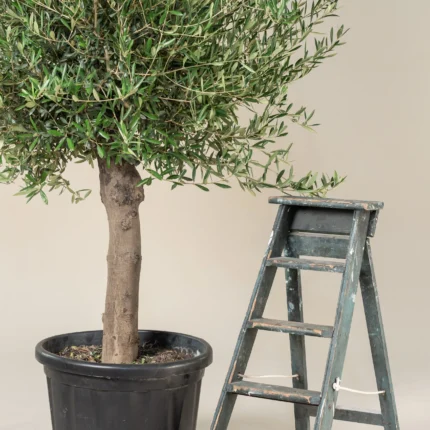






 Single Tree
Single Tree
Valoraciones
No hay valoraciones aún.